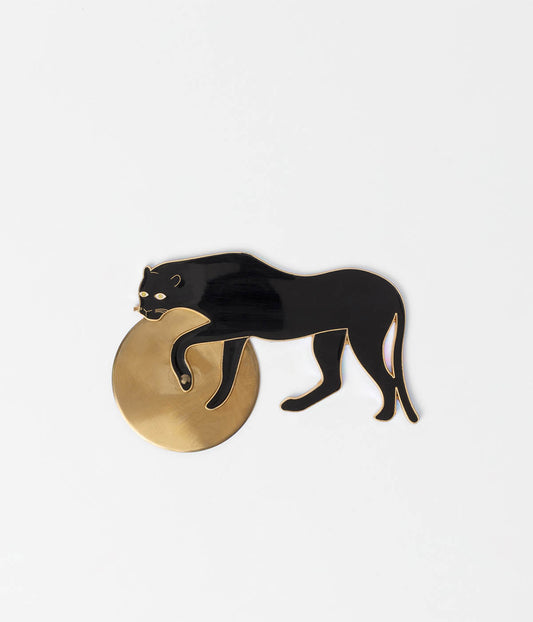
How to recognise an angry dog?
Marie DuchessHaving a dog as a pet can bring immense joy and companionship to your life. Dogs are known for their loyalty and love towards their owners. However, just like humans, dogs can also experience a range of emotions, including anger. It is important for dog owners and anyone who interacts with dogs to be able to recognize the signs of an angry dog to ensure their safety and the well-being of the dog. In this blog post, we will discuss how to recognize an angry dog and what steps you can take to prevent any potential harm.
What are the signs of an angry dog?
Anger in dogs can manifest in various ways, and it is crucial to be able to identify these signs to avoid any aggressive encounters. Here are some common signs that indicate a dog may be angry:
- Growling: When a dog growls, it is a clear indication that they are feeling threatened or agitated. It is their way of warning others to back off.
- Baring Teeth: Dogs may bare their teeth when they are angry or feel the need to defend themselves. This is a clear sign of aggression and should not be ignored.
- Stiff Body Language: An angry dog will often have a stiff and rigid body posture. Their muscles may be tense, and they may hold their tail high or straight.
- Intense Staring: When a dog is angry, they may fixate their gaze on the target of their anger. This intense staring is a warning sign that they may attack if provoked further.
- Snapping or Lunging: If a dog snaps or lunges towards a person or another animal, it is a clear indication that they are feeling threatened and may resort to biting.
What should you do if you encounter an angry dog?
If you come across an angry dog, it is important to stay calm and take the following steps to ensure your safety:
- Do not run: Running away from an angry dog can trigger their prey drive and make them more likely to chase and attack. Stand still and avoid making any sudden movements.
- Avoid eye contact: Direct eye contact can be seen as a challenge by an angry dog. Look away and try to appear non-threatening.
- Back away slowly: While maintaining a calm demeanor, slowly and carefully back away from the dog. Do not turn your back on them, as this may provoke an attack.
- Give them space: Dogs need their personal space, especially when they are angry. Respect their boundaries and do not try to touch or approach them.
- Seek professional help: If you frequently encounter angry dogs in your neighborhood or have concerns about a particular dog's behavior, it is advisable to contact a professional dog trainer or animal control for assistance.
Remember, dogs can become angry for various reasons, including fear, pain, or territorial instincts. It is essential to approach all dogs with caution and respect their boundaries. By being aware of the signs of an angry dog and knowing how to respond, you can help prevent potential accidents and ensure a safe environment for both humans and dogs.













